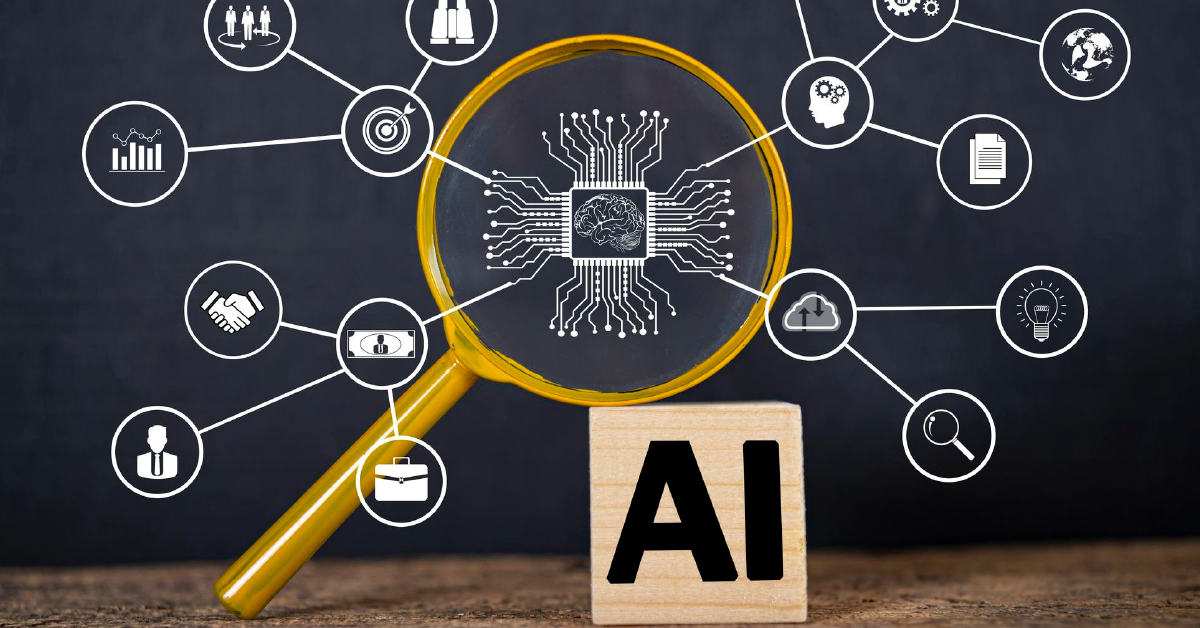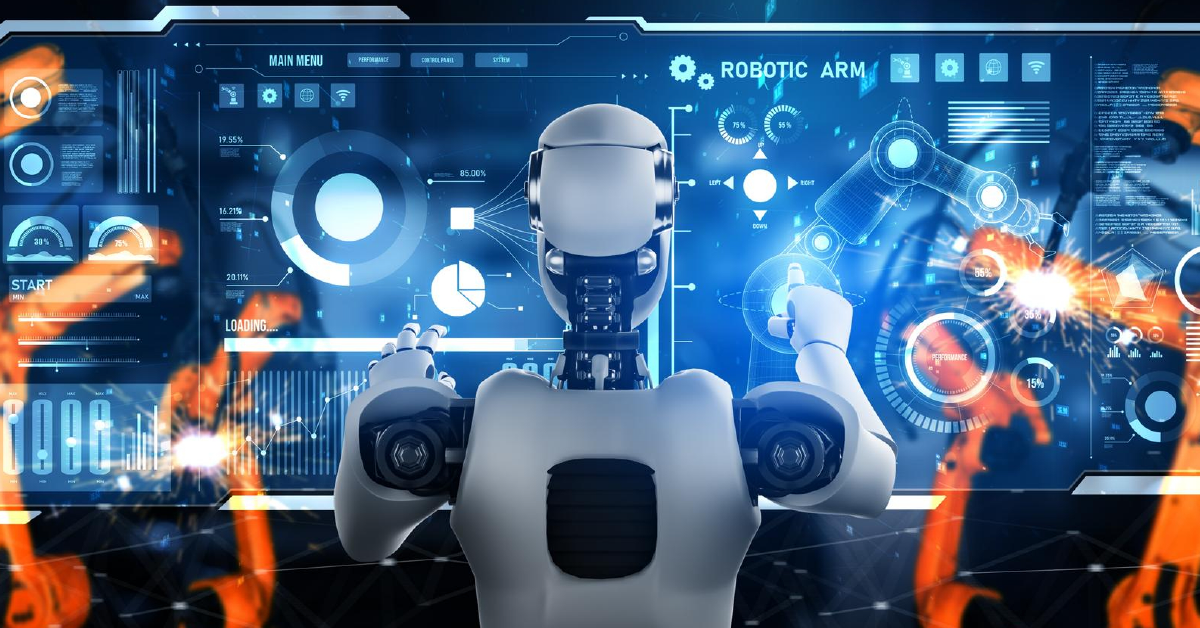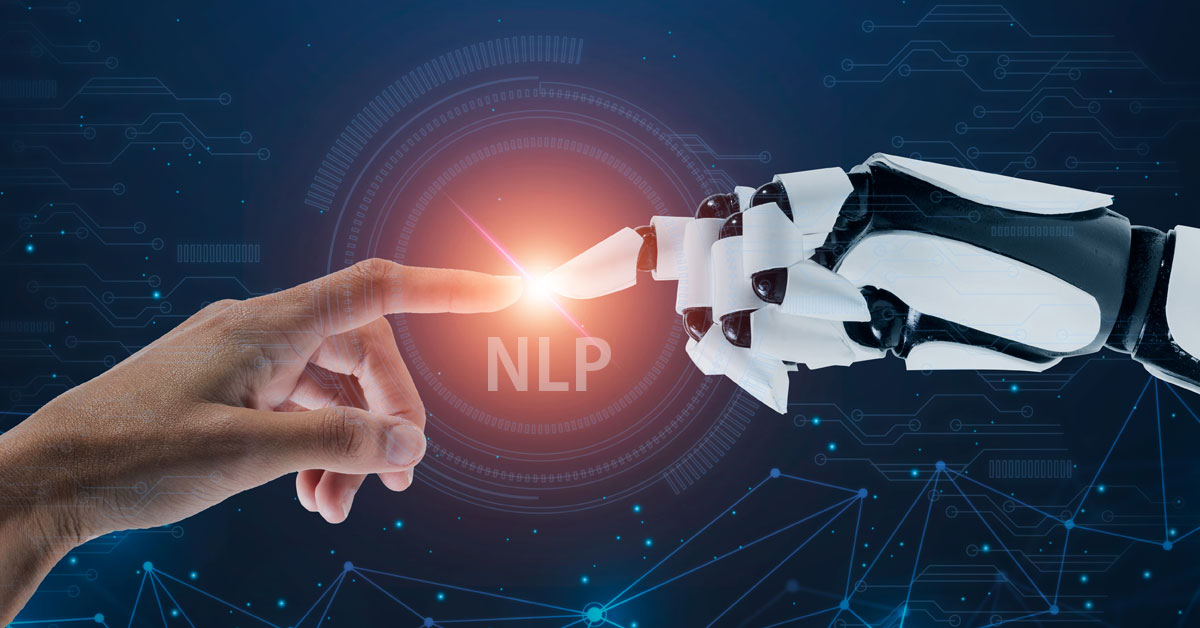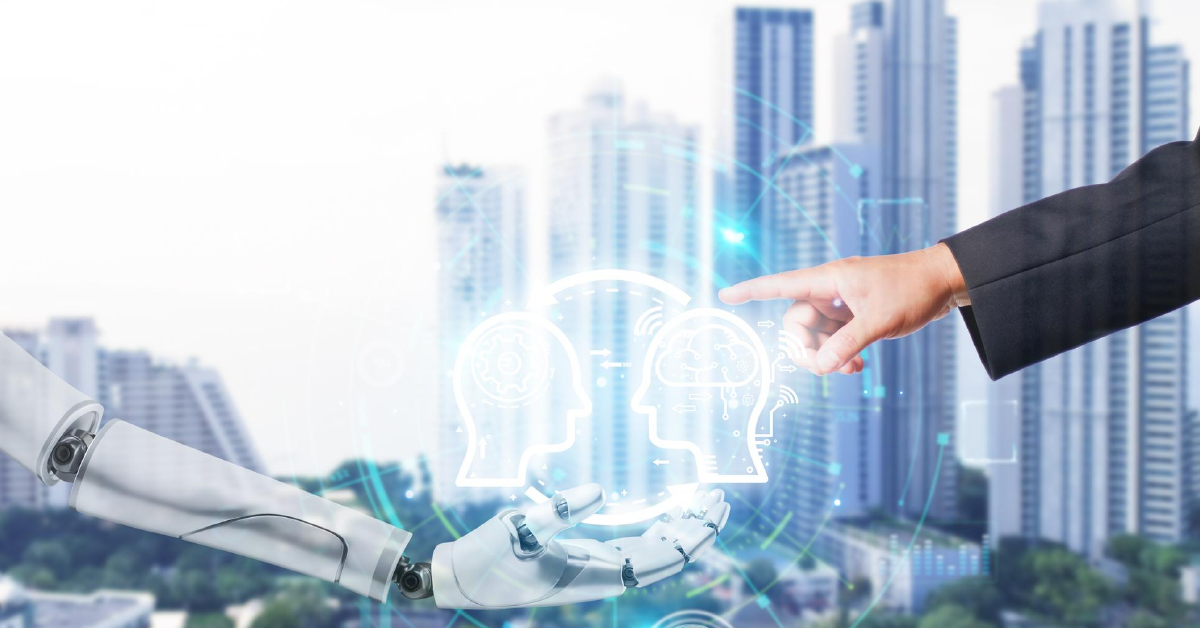5 Different Types of AI like ML, Deep Learning, and NLP & XAI

4 min read
You can learn more about AI ML deep learning in many stages and types of Artificial intelligence and its various forms. We must understand the many AI principles because AI pervades every part of our existence. The use of data can be improved and automated with the use of AI. While AI enjoyed its moment in the spotlight, it will continue to be discussed; therefore, investors should adjust their portfolios to benefit from the technology change.
Different Levels of AI are Represented by Categories
Artificial intelligence (AI) can divide into several forms based on its features and capabilities. AI Categories represent different levels of AI capabilities, and ongoing research and development are continuously expanding the potential of AI technology. Here are a few typical AI subtypes.
AI Subtypes
Narrow Intelligence
AI systems created and trained for a single task or a small set of tasks are called narrow AI. Although lacking broad intelligence, these systems are excellent in their field. Examples include recommendation systems used by streaming services and virtual personal assistants like Siri or Alexa.
General Intelligence (strong AI)
General AI is a type of AI that possesses human-like cognitive abilities and can understand, learn, and perform any intellectual task a human can do. This is still theoretical and has yet to exist in practical applications.
Artificial Superintelligence
It refers to AI that surpasses human intelligence in almost every aspect. It is an advanced form of General AI and is currently purely theoretical. General AI is a subset of AI capable of understanding, learning, and carrying out any intellectual work that a person can do. This is still only theoretical and has yet to find use in real-world situations.
It will use to describe AI that nearly universally outperforms human intelligence. It is a more developed type of general artificial intelligence and is only theoretical right now.
AI, ML, and DL: The Relationship
The link between artificial intelligence (AI), deep learning (ML), and machine learning (DL) will be our first topic. Before we break down each aspect individually, it is essential to understand how these three components relate to one another because they are interrelated.
AI systems frequently use machine learning (ML) methods, and DL, a subset of ML, effectively addresses particular AI issues. While AI has been a long-standing area of study, ML and DL have recently attracted major attention and made great strides due to technological developments, the accessibility of massive data, and improved algorithms.
The Breakdown of How They Work Together is as Follows:
- The broad topic of AI focuses on developing intelligent systems.
- ML is a subset of AI focusing on techniques that let machines learn from data and improve over time.
- Deep neural networks can use in DL, a specialized branch of machine learning, to manage complex data and tasks.
The Five Different Types of AI, Including XAI, NLP, Deep Learning, and Machine Learning
But did you know that artificial intelligence (AI) can take many shapes and operate in several ways? Therefore, it’s crucial to comprehend the many types of AI, how they operate, and their potential applications. We’ll talk about a variety of cognitive capacities in this blog. Artificial intelligence has recently changed how the enterprise views deriving insights from data. The majority of people think it’s the upcoming revolutionary technology.
- ML: Machine Learning
A part of artificial intelligence is machine learning. It will characterize as algorithms that analyze data sets before learning from them and using their discoveries to make wise decisions. In the case of machine learning, the computer program gains knowledge from experience by carrying out some tasks and observing how the efficiency of those activities increases with practice.
Organizations may speed up the creation of AI-driven apps, lower development costs, and gain access to the scalability and dependability of cloud-based ML infrastructures by employing machine learning services.
- DL: Deep Learning
Machine learning is also thought of as a subset of deep learning. Deep learning aims to acquire more strength by mastering the hierarchy of concepts that will use to describe the world. It demonstrates how the idea relates to simpler ideas and how more abstract ideas can have less abstract representations.
- NLP: Natural Language Processing
Thanks to Natural Language Process, computers can now comprehend, decipher, and modify human language. NLP demonstrates how crucial natural language processing is to AI’s ability to translate languages in these voice-activated platforms or chatbots. Additionally, several applications of natural language processing in artificial intelligence make it abundantly clear how this field will help shape and advance a new era of communication technology through deep learning and machine learning.
Computer Vision
All sectors utilize computer vision to improve customer experience, cut costs, and boost security. The market for computer vision can expect to reach $26.2 billion by 2025 and is growing as swiftly as its capabilities. This represents an annual rise of almost 30%. The most amazing use of artificial intelligence will be computer vision if that is the direction modern technology is heading.
Explainable AI (XAI)
A collection of procedures and techniques known as explainable artificial intelligence (XAI) enables human users to comprehend and believe the output and outcomes produced by machine learning algorithms. Explainable AI describes an AI model, its projected outcome, and any potential biases. It contributes to defining model accuracy, fairness, transparency, and results in AI-supported decision-making. An organization must establish trust and confidence when putting AI models into production. A company can adopt a responsible approach to AI development with the aid of AI explain-ability.
Conclusion
These technologies have become the most talked-about in today’s business sector as companies adopt artificial intelligence, machine learning, and deep learning to build intelligent devices and applications. Even though these terms are commonly use in business interactions worldwide, many individuals still have trouble telling them apart. This blog contains information on AI, machine learning, and deep learning, as well as how each differs.
Get more interesting articles like this, and learn more about our software services.
Published: August 2nd, 2023





